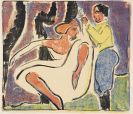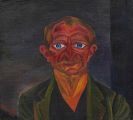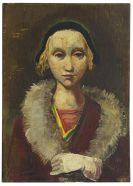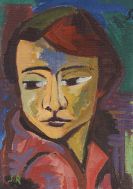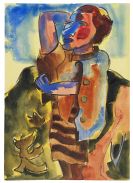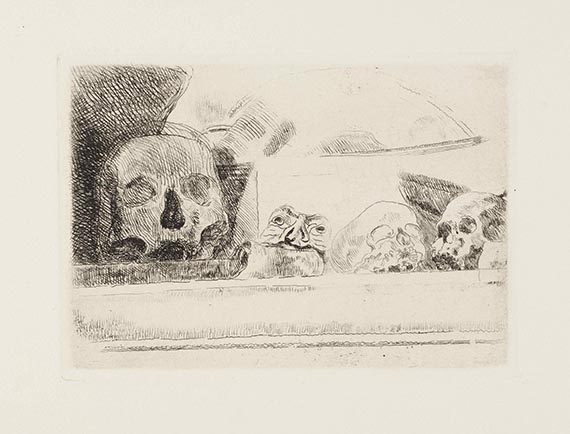
Wilhelm Lehmbruck
Duisburg
1881 -
Berlin
1919
The sculptor Wilhelm Lehmbruck is considered a pioneer of 20th century sculpture. His artistic career began in 1895 when he attended the Kunstgewerbeschule in Düsseldorf. After his father's death in 1899 he briefly worked as an assistant in a sculptor's studio, but continued his artistic training in 1901 at the Kunstakademie in Düsseldorf. As Karl Janssen's master pupil he was awarded scholarships and the free use of a studio.
His first works are influenced by Constantin Emil Meunier and Käthe Kollwitz. Their social subjects are inspired by early works of Emil Zola and Gerhard Hauptmann. The student was greatly impressed by the first large Rodin exhibition in Düsseldorf in 1904. His further development, too, was determined by his artistic relationships: When Wilhelm Lehmbruck went to Paris in 1910 he met Henri Matisse, Alexander Archipenko, Constantin Brancusi and Amadeo Modigliani who inspired his move towards Expressionist sculpture.
Lehmbruck exhibited a "Standing Woman" and the "Kneeling Woman" at the "Salon d'Automne". In 1911/12 the "Salon des Indepéndents" and the "Sonderbund-Exhibition" in Cologne, too, included works by Lehmbruck.
The artist moved to Berlin at the beginning of the war and worked as a medical orderly in a field hospital in 1915/16. Shocked and disgusted after this military service he spent the two last war years in Zurich. He returned to Berlin in the winter of 1917 as a broken man. While his early Parisian works still reflect Aristide Maillol's heavy sculptural volume, Wilhelm Lehmbruck's figures gradually abandoned the classical style and became more expressive with elongated room-filling forms and increasingly architectural and abstract.
Would you like to sell a work by Wilhelm Lehmbruck?
Infos for seller
